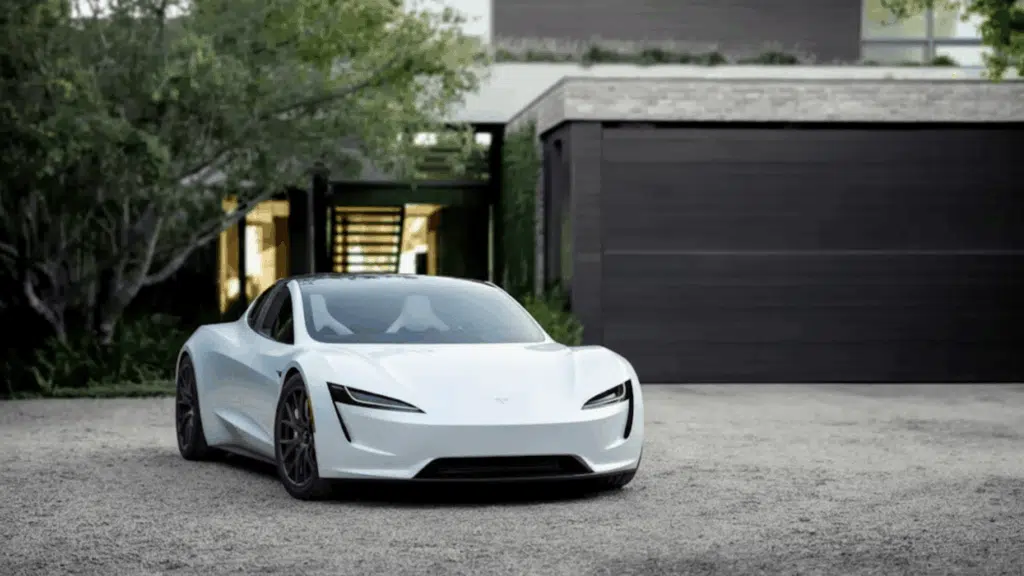When I first started using T cars, one of my biggest questions was, “How long do Tesla batteries last?”
After all, the battery is the heart of any electric vehicle, and replacing it isn’t cheap. The good news is that Tesla batteries are built to go the long distance, or one or two decades with proper care.
In this blog, I’ll break down how long Tesla batteries last, what really affects Tesla battery life, how quickly they degrade, what the warranty covers, and how much replacement costs.
Even if you already own a Tesla or plan to buy one, this guide will help you understand exactly how long your battery can last.
Tesla Battery Technology Explained
Tesla vehicles run on lithium-ion batteries, the same kind found in everyday electronics, but much larger and more powerful.
These batteries work by moving lithium ions between two electrodes (positive and negative) to store and release energy. Over time, this movement naturally causes some wear, resulting in a gradual decline in battery capacity.
Types of Tesla Batteries
Tesla uses different battery chemistries across its models, each with unique benefits:
- NCA (Nickel-Cobalt-Aluminum): Found in most Model S and Model X vehicles, known for high energy density and long range.
- NCM (Nickel-Cobalt-Manganese): Used in some Model 3 and Model Y versions, balancing performance and stability.
- LFP (Lithium-Iron-Phosphate): Common in newer, more affordable models; these are safer and last longer with less degradation.
How Long Do Tesla Batteries Last?
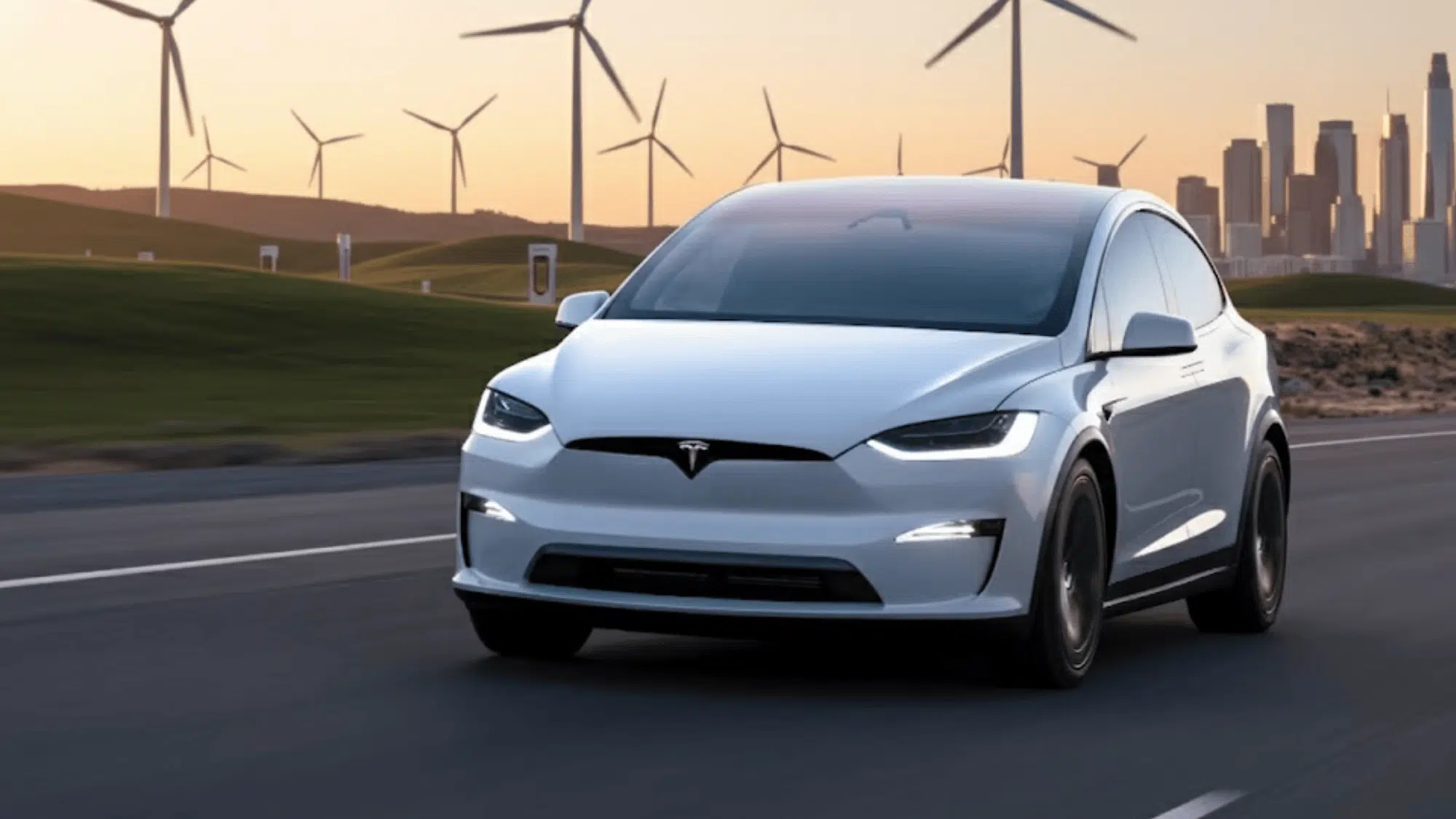

One of the most common questions people ask before buying a Tesla is how long the battery will actually last.
On average, a Tesla battery can last between 10 and 20 years, or approximately 300,000 to 500,000 miles, depending on its usage and maintenance.
Model-Specific Lifespan Estimates
Here’s a quick breakdown of what you can expect from different Tesla models:
| Tesla Model | Estimated Battery Lifespan (Miles) | Key Details |
|---|---|---|
| Model 3 / Model Y | 300,000 – 500,000 miles | Equipped with newer battery technology and an efficient design, it offers a longer range and slower degradation. |
| Model S / Model X | 200,000 – 300,000 miles | Built with earlier-generation battery chemistry, which shows more noticeable range loss over time. |
With proper charging habits and moderate driving, your Tesla’s battery could easily outlast the car itself.
Slow Degradation of Tesla Car Batteries
Like all rechargeable batteries, Tesla batteries gradually lose capacity over time, a process called battery degradation.
This doesn’t mean the battery stops working; it simply means it can’t hold as much energy as when it was brand new, resulting in a slightly shorter driving range.
According to Tesla’s internal data and reports from long-term owners, most drivers experience only 10–15% battery degradation even after several hundred thousand miles.
On average, Tesla owners experience about 1–2% battery loss per year, which is impressively low compared to many other electric vehicles.
A little degradation is completely normal and expected. Tesla’s advanced battery management system helps slow this process, ensuring most drivers enjoy strong performance and range for well over a decade.
Tesla Battery Warranty: What’s Covered and for How Long
One of the best aspects of owning a Tesla is the robust battery warranty that comes with it. Tesla’s warranty usually lasts 8 years or 100,000 to 150,000 miles, whichever comes first.
Tesla Battery Warranty by Model
| Model | Warranty Duration | Mileage Limit | Guaranteed Capacity |
|---|---|---|---|
| Model 3 / Model Y | 8 years | 120,000 – 150,000 miles | 70% capacity retention |
| Cybertruck / Model S / Model X | 8 years | 150,000 miles | 70% capacity retention |
Tesla guarantees that your battery will maintain at least 70% of its original capacity during the warranty period.
If your battery’s health drops below that threshold before the warranty expires, Tesla will repair or replace it at no cost to you.
This coverage gives peace of mind to owners, ensuring that even as the battery naturally degrades over time, Tesla stands behind its performance and longevity.
Factors That Affect Tesla Battery Life and How to Extend It
Your Tesla battery is designed for durability, but how you drive, charge, and care for it can significantly impact its lifespan.
By understanding the main factors that affect battery life and adopting a few smart habits, you can keep your battery healthy for many years and miles.
1. Driving Habits
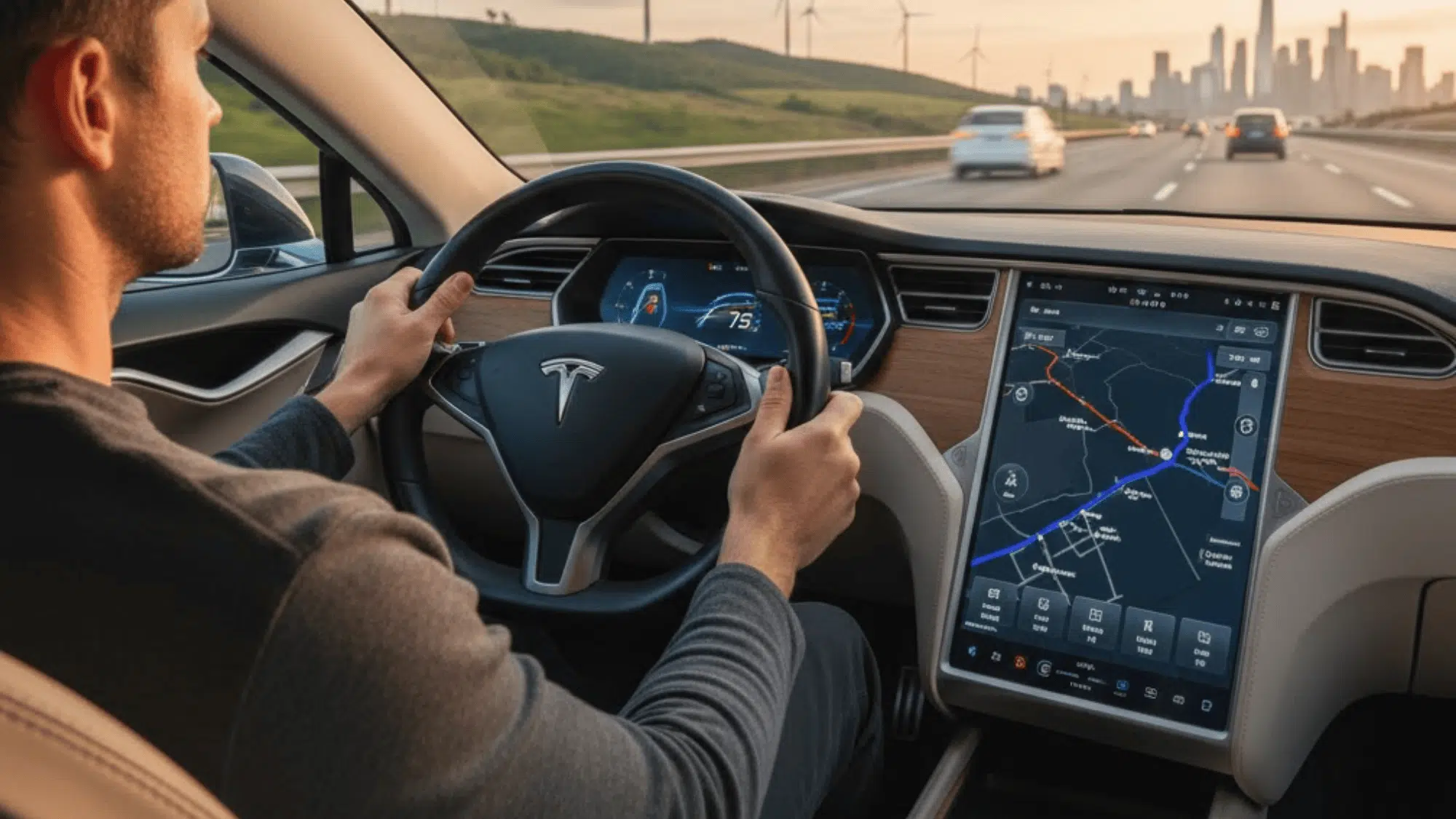

The way you drive directly affects your Tesla battery health. Aggressive driving, such as rapid acceleration or constant high-speed travel, generates heat and strain that accelerate wear.
Instead, try smooth acceleration and braking, which not only extends battery life but also improves range and efficiency.
2. Temperature
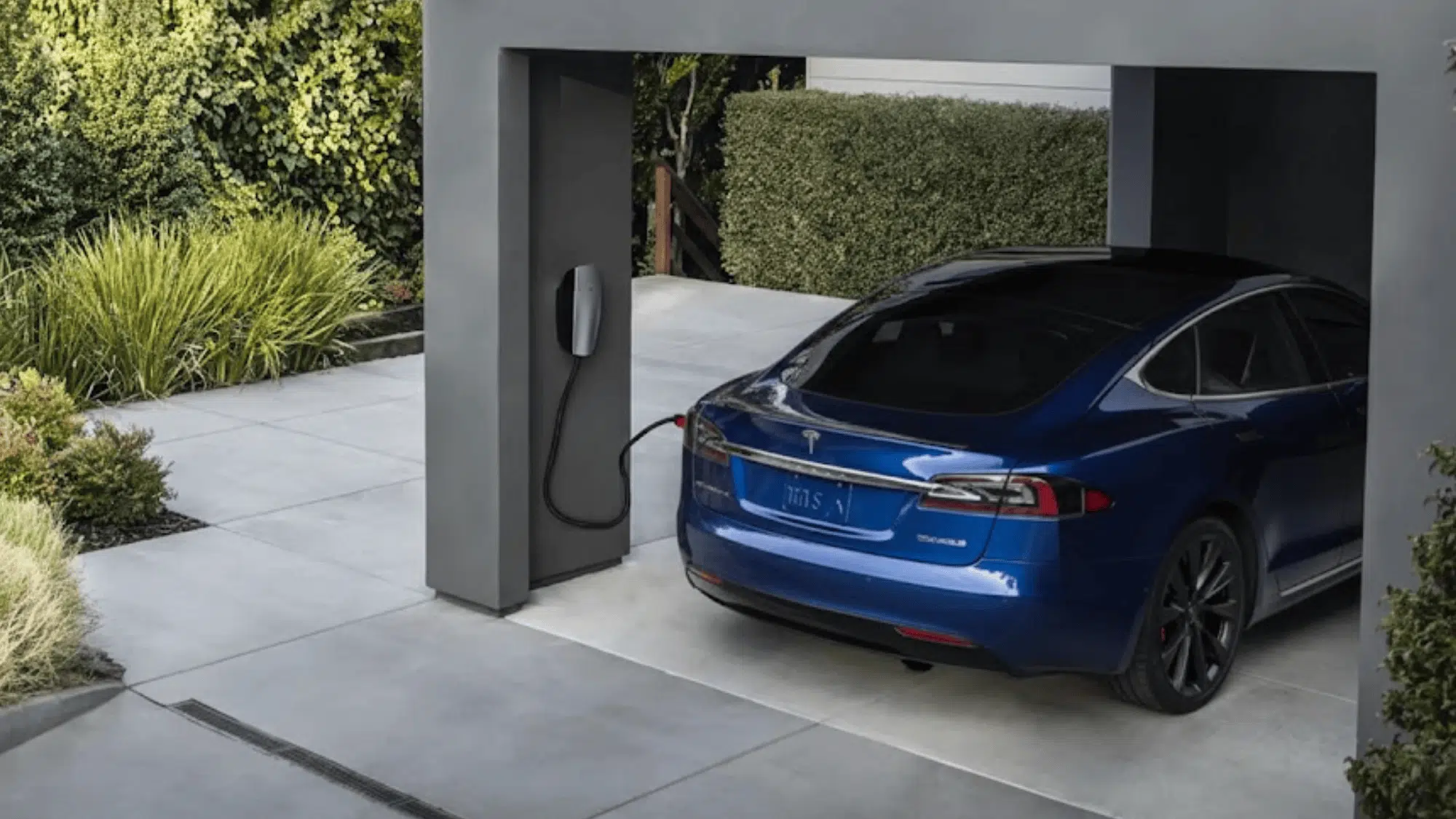

Extreme heat can accelerate battery degradation, while cold weather may temporarily reduce range and performance.
To protect your battery, park in shaded areas during hot days and preheat your car in cold weather before driving. Tesla’s thermal management system helps, but mindful habits still make a difference.
3. Charging Practices
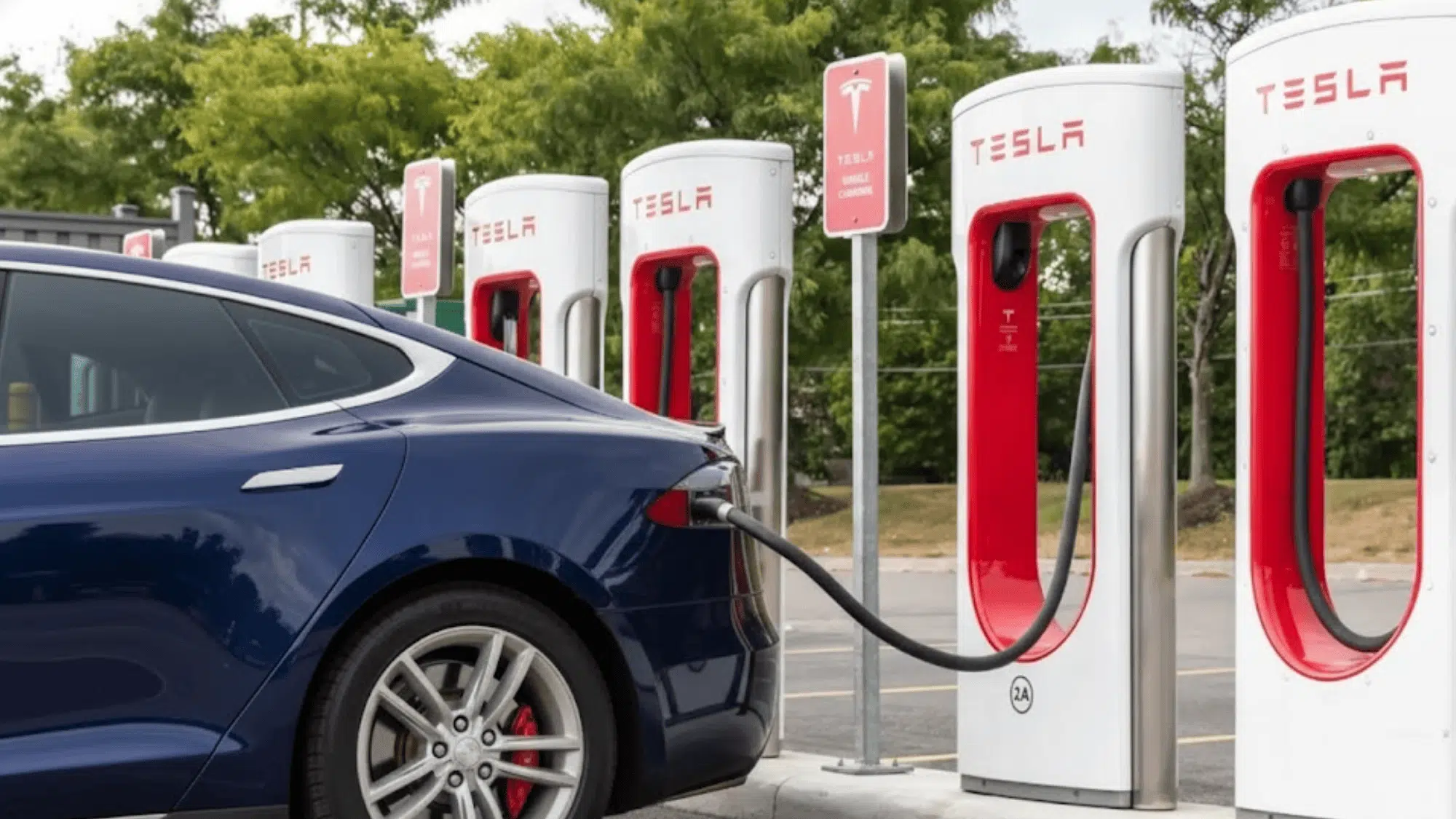

Charging habits are one of the most important parts of Tesla battery maintenance. Here are some simple but effective care tips:
- Avoid charging to 100% daily. Keeping your charge between 20% and 80% helps reduce stress on the battery.
- Limit frequent Supercharger use. DC fast charging creates extra heat; save it for road trips or emergencies.
- Use scheduled charging. Charging overnight or during cooler times of day helps prevent overheating and supports the long-term health of your battery.
4. Terrain and Load


Driving on steep hills, towing, or carrying heavy cargo makes your Tesla use more power and generate more heat.
While this is sometimes unavoidable, you can extend your battery’s life by avoiding unnecessary weight and driving on flatter terrain whenever possible.
Extra Tips to Extend Battery Life of Your Tesla EV
These tips can be implemented in your daily life routine to improve your Tesla’s battery life:
- Drive smoothly to reduce power spikes and heat.
- Check tire pressure regularly, as underinflated tires can lower efficiency and increase strain.
- Keep your software updated; Tesla often improves charging and battery management through updates.
With these Tesla battery care tips, you can enjoy better performance, slower degradation, and longer-lasting power, helping your car stay in great shape for years to come.
Tesla Battery Replacement: Cost and Process
While Tesla batteries are designed to last for hundreds of thousands of miles, there may come a time when battery replacement becomes necessary, usually due to extreme degradation or damage.
Fortunately, Tesla has made this process smoother and more affordable than in the early days of EVs.
The cost to replace a Tesla battery can vary depending on the model and battery size. On average, owners can expect to pay between $5,000 and $15,000.
Here’s a general breakdown:
- Tesla Model S: Around $12,000
- Tesla Model 3: Around $10,000
- Tesla Model Y / Model X: Usually falls within the $10,000–$14,000 range
These prices often include parts but not always labor or taxes, which can add a bit more depending on the service location.
A battery replacement is typically needed when:
- Capacity drops well below 70% after years of use (often outside the warranty).
- The pack is damaged from an accident or an electrical issue.
- A single module fails, affecting the rest of the pack’s performance.
One major advantage of Tesla’s design is that the battery pack is modular, consisting of multiple smaller modules. This means Tesla can often replace just one or two modules instead of the entire pack, greatly reducing repair costs.
In short, while a Tesla battery replacement isn’t cheap, it’s a rare event for most owners. With proper care and normal driving habits, your Tesla’s battery will likely last well beyond a decade before needing any major work.
Final Thoughts
After learning about how Tesla batteries work, I’ve realized that their lifespan really depends on how we treat them.
These batteries are strong and built to last 10 to 20 years, but small habits, such as how often we fast charge, how smoothly we drive, and where we park, can make a significant difference.
I like to think of the battery as the heart of the car; take care of it, and it’ll take care of you. Even if replacement costs sound high, most Tesla owners never need one for many years.
With the right care, your Tesla battery can easily go the distance, keeping your car running efficiently, reliably, and ready for every new mile ahead.
Want to read more? Check out my other blogs on electric vehicles, car maintenance, and Tesla ownership tips to stay fully charged with the latest insights

